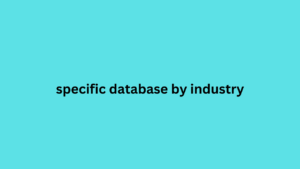Your cart is currently empty!
Typical mistakes made when choosing a name
When choosing a name for an online store, recent mobile phone number data website owners make many mistakes, among which the most common ones can easily be identified. Carefully read their list so as not to step on the rake, which has already fallen victim to dozens and hundreds of other people.
How to Name an Online Store? 9 Tips to Make Your Life Easier
Don’t be afraid to be creative in naming. When creating a list of possible options for the name of an online store, use combinations of words, alliterations, allusions, hints, analogies, abbreviations, hidden meanings, oxymorons, and onomatopoeia to the maximum extent.
- Make the name multilingual . The ideal solution is to find a word that will have the same spelling in a variety of transcriptions.
- Choose names that are adequate to the price category of the goods in your store . Pathos and outrageousness are justified only in the expensive elite niche. “Shoe Empire”, for example, is a very strange name for a one-page site with cheap Chinese sneakers.
Example of a name for an online store of electrical equipment
- Make sure the name matches the product range . The user should be able to grasp the theme of the store from the first acquaintance with the name. But do not get tied to a specific product or even a niche, it is advisable to find a more or less universal name in case you decide to expand the business or re-profile.
- Beware of extremes – banal and imaginative, bringing the online store of building materials and rolled metal products to the top10 in zaporozhye pretentious and counterintuitive names have little chance of appealing to modern people, who are becoming increasingly rational and pragmatic.
- Consider the gender and age factor .
- Be unique . Take the time to monitor competitors in the region and, having analyzed their names, eliminate options that will allow customers to confuse you. Resist the urge to win on similarities with the market leader. Abibas will always be just a cheap fake.
- Don’t stick to a limited region . sault data When creating an ambitious portal, it is logical to expect that it will exist and develop for many years and decades. Do you exclude the possibility of entering other regions or even the international arena? Therefore, avoid including the region in the name of the online store.
